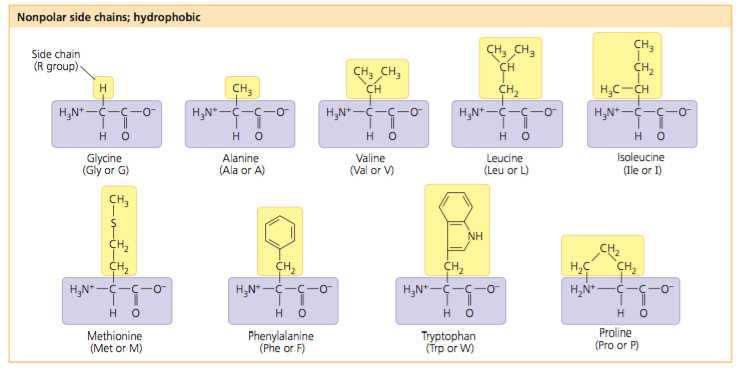In my book it talks about amino acids. It says the general structure of an amino acid is as follows:
However, on the next page it lists specific amino acids such as glycine shown here:
My question is when comparing the first image to glycine, why does glycine or any of the other specific amino acids have an extra H atom as in "H3N+"?
Where does the extra H come from and why is it positively charged?
Also, on the general structure it shows the an amino should have a COOH but on glycine it is just C double bonded to an O and then another O- negative charge.
Does this have to do with the pH and ionization?




